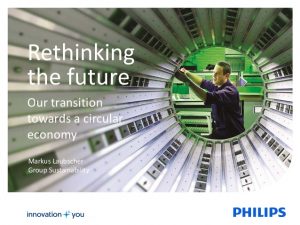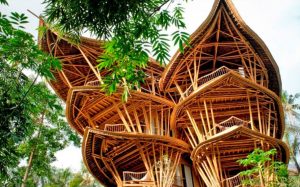Tackling monumental issues such as climate change can’t be accomplished working alone. To make meaningful change we must work at scale. It will require strong guidance, a clear plan and motivated partners.
Unilever is one of the companies that understands this and has taken the steps necessary to overcome these challenges. Unilever’s goal is to decouple economic growth from the negative environmental impacts of their products. Already one of the world’s leaders in sustainable businesses, Unilever scrapped their corporate social responsibility plans and introduced a brand new, comprehensive initiative called their Sustainable Living Plan. Why did they do this? Well in Keith Weed’s (Chief Marketing and Communications Officer of Unilever) own words “sustainability must be mainstream” and it has to be permeated throughout the entire organization in order for it to make any meaningful changes. They didn’t want their corporate social responsibility centre to simply be an after thought. Instead they want to ensure that everything they do has a clear goal in mind. With this in mind, Unilever came up with a set of consistent global metrics to measure all of their environmental impacts against and they also outlined a clear goal: to be completely sustainable sourced by 2020.

But even a mega corporation like Unilever knows its limits and they understand that partnerships must be formed to achieve these lofty goals. So in 2011, they introduced their Partner to Win program and started to work closely with their 200 most important suppliers to ensure that they were employing the most sustainable practices. For example, to improve the strength of their tea value chain they worked directly with small local farmers to improve their farms. In essence, they are working to create shared value. Unilever even works with external corporations within their business ecosystem. Last year, under the Paragon Partnerships collaboration, Unilever is working with companies like Coco-Cola and Nielsen to achieve the UN’s 17 Sustainable Development Goals. While we would normally think these companies would view each as competitors and would avoid helping one another out, these corporations understand the weight of the challenges threatening the state of our global environment. They know that they share a common goal and that collaborating with one another will allow them to have bigger results.

It is fitting that Unilever has formed a joint coalition with these other businesses to accomplish the UN’s Sustainable Development Goals as the last goal outlined by the UN is to Form Partnerships. Looking at Unilever’s actions is an eye opening experience. As we move on from university we will step into the world and face much more complex issues. We will have to be open to working with other people with different personalities, skill sets and expertise in order find viable solutions that can be implemented. If we are able to do this then we will be one step closer to making a significant difference in making our life more sustainable.




